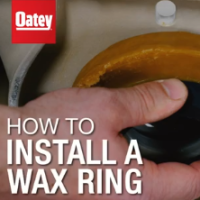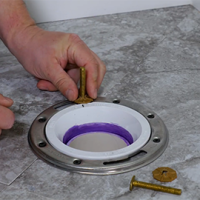
Oatey
Oatey is the leading brand of solvent cements, roof flashings, washing machine outlet boxes, air admittance valves, plumbing chemicals, wax bowl rings and hundreds of other plumbing specialty products.

Cherne
Since its inception more than seven decades ago, Cherne has led the industry in developing innovative solutions that deliver increased productivity and reliability for commercial, industrial, municipal and residential plumbing systems. Whether it’...

QuickDrain
QuickDrain is a sophisticated curbed or curbless total shower solution, full of refined detail. With linear and square drain options and seemingly endless cover styles and finishes, QuickDrain pushes the boundaries of shower design.


